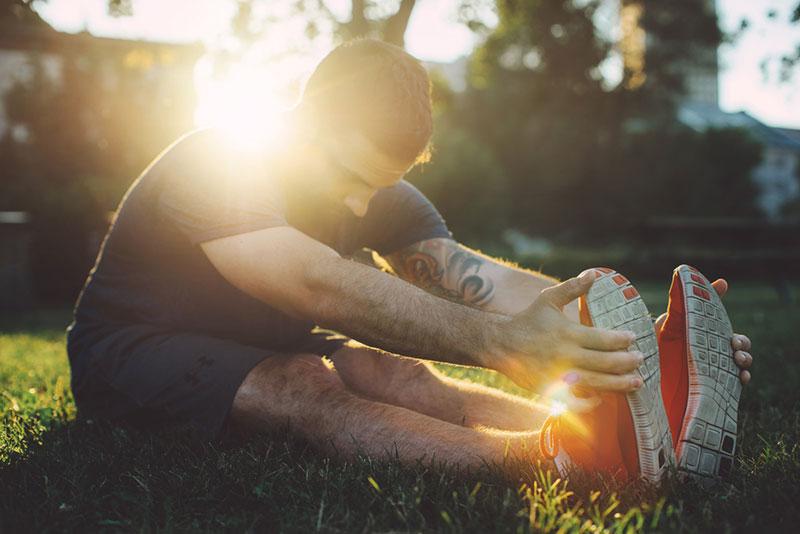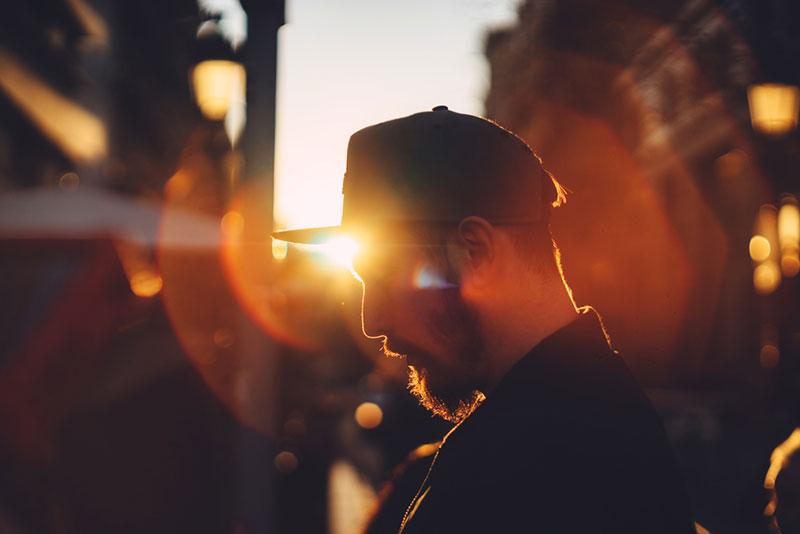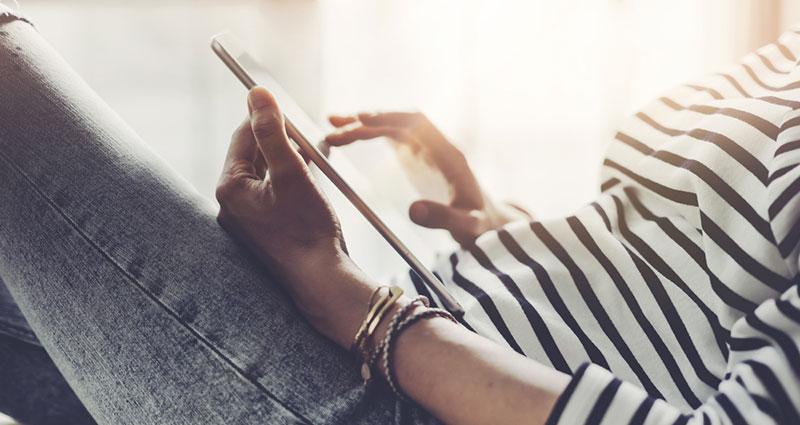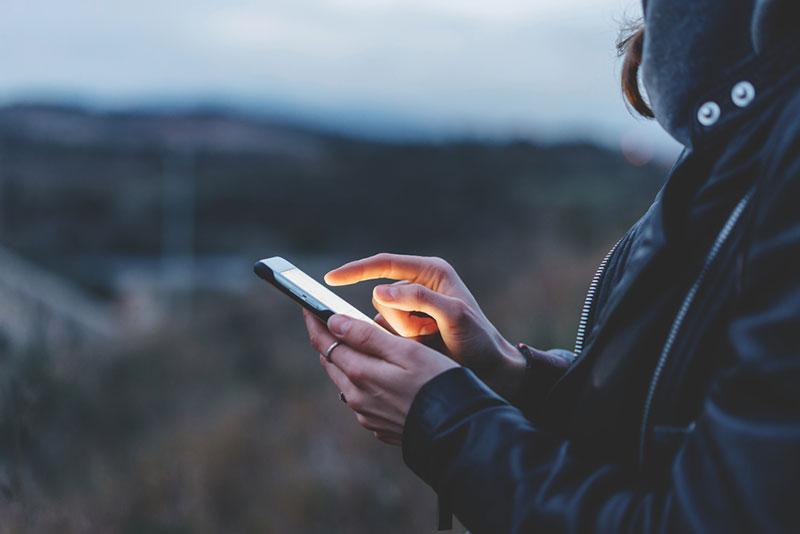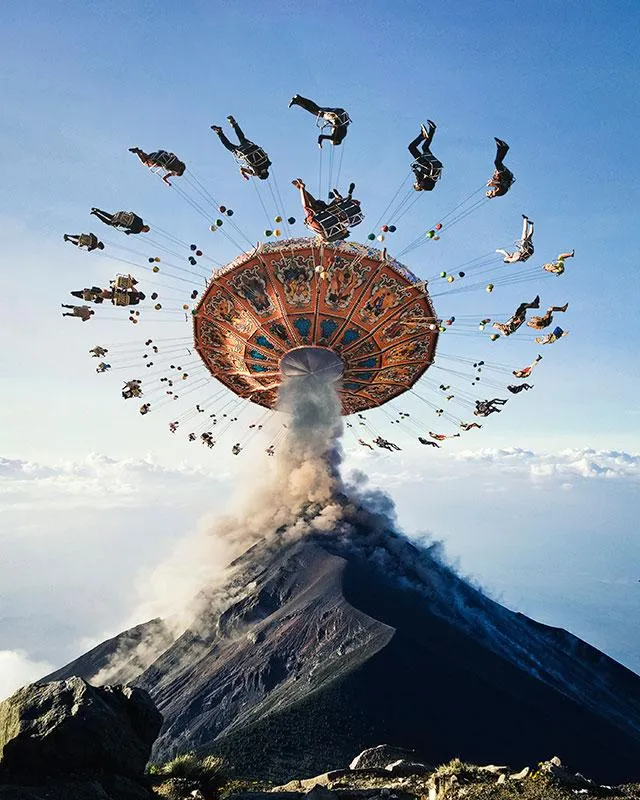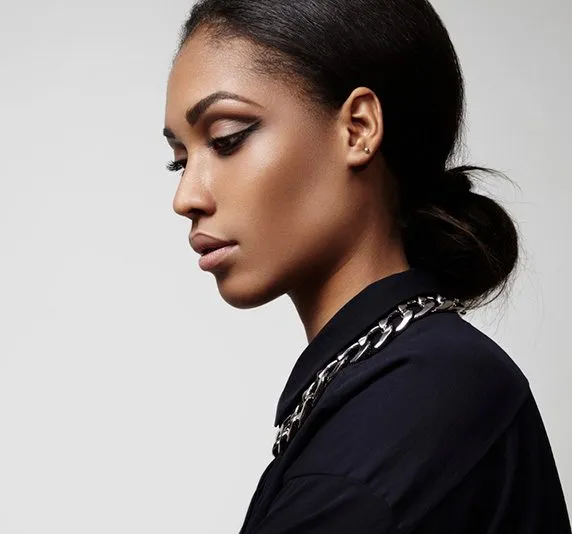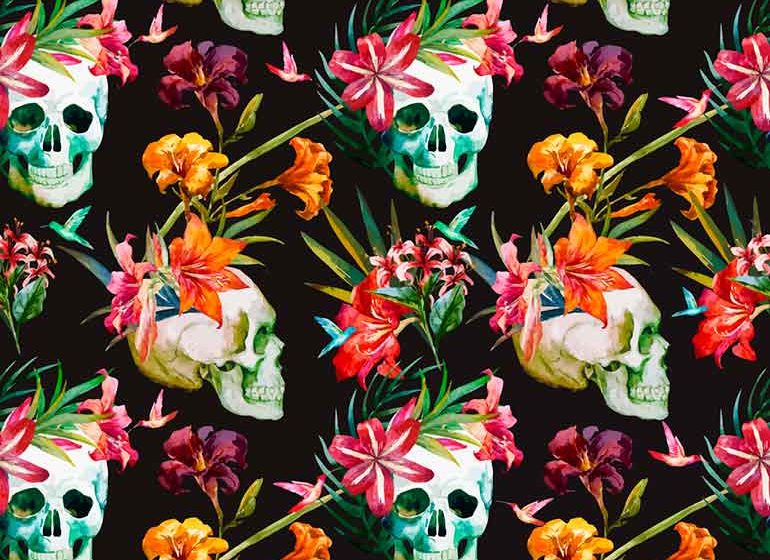It’s All About Lighting: Interview With Anastasia Dudka
Anastasia Dudka is one of our notable contributors with an impressive niche portfolio. She focuses on lifestyle photography, capturing candid everyday moments in a way that reflects her aesthetics. Today Anastasia shares her story with stock photography, from her early beginnings to this day as well as useful advice for aspiring photographers hoping to break into the business.
Tell us a little bit about yourself and your professional background.
My name is Anastasia, I’m 33 years old. I’ve always been into photography – I shot friends, and helped my husband out with photo shoots. But I started pursuing it professionally about 3 years ago. I have a degree in graphic design and after I graduated I worked in my field. Still, I always felt like it’s not entirely my calling, and the search for it took about 10 years.
How did you first get into stock photography?
Everything actually started with stock photography. Some of my friends were in the business for a while and I decided to try it as well. We were planning to move to Canada and I thought it was the perfect pursuit for the transitional moving period. I casually tried it, shooting mostly myself at first and asked my friends to model. After we moved to a new country, I continued to shoot and experiment with lighting. Once I wrote to a Facebook group with beginner models and invited them for test shots so I could choose models for my new photo shoots for stock photography platforms. I came up with a look for each model, curated the ‘mood’, so to speak. I started showcasing my work on Instagram and received lots of positive feedback. That’s a brief history of my professional career.
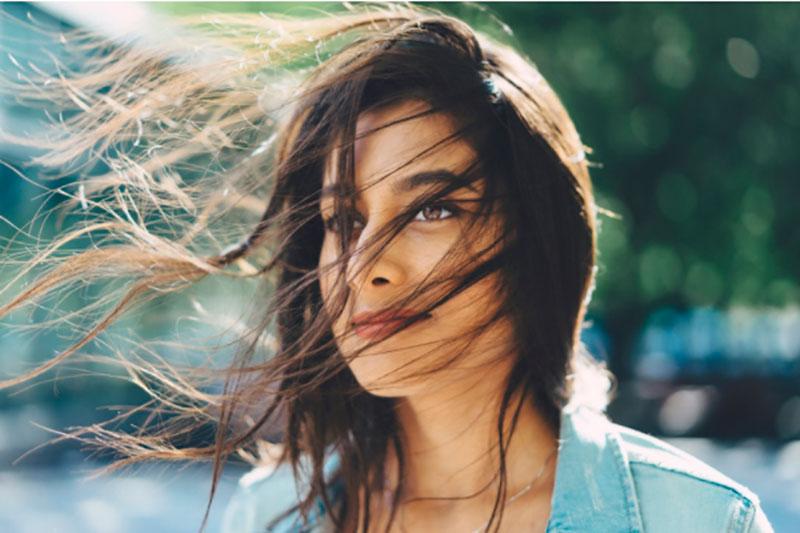
What do you choose to focus on and what are some themes in photography that are very close to you?
Lifestyle photography is very close to me, perhaps more so street style photography. I don’t like staged photos and aim to make everything look very natural and authentic.
You seem to experiment a lot with effects, how much time do you spend in post production and what are some important factors in editing images?
Actually there aren’t that many photos with effects. I aim for better in-camera shots. I’m always waiting for sunny days so the lighting is beautiful. Sunlight is everything to me. Post processing is primarily lighting as well. I try to make my images have similar color schemes so they’re easily recognizable. As for effects, occasionally I can add more sunlight, essentially intensifying it.
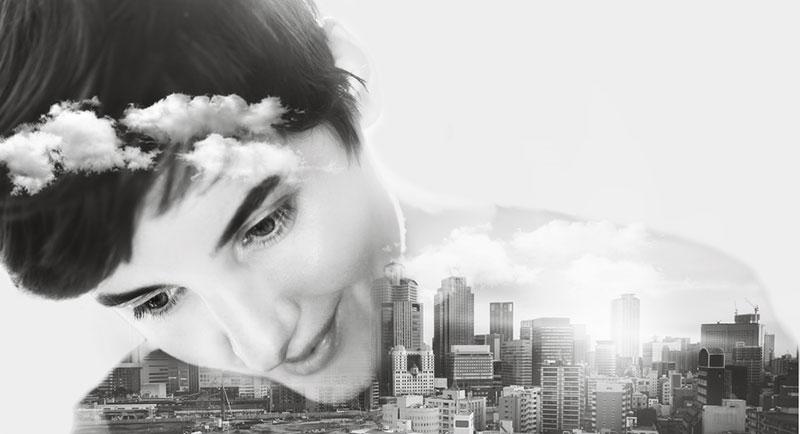
From your experience, what photographs sell best?
From my experience, I noticed the photos that sell best are lifestyle scenes, images with natural lighting and technology in the shot (such as a phone or a laptop). Also rare settings, such as a shot from inside an aircraft.
Your portfolio is quite current in that it features images that are about our contemporary society. How do you choose which themes to work with?
Once again, I just really like more natural and authentic scenes from real life. When I started photography, I involuntarily started noticing scenes from real life that were perfect for stock photography.
How important is it for a photographer to follow current trends? Does this affect your work flow and photo shoots?
Of course! I always keep track of photography trends, especially commercial photography trends. Currently, majority of brands and magazines try to showcase their product using lifestyle photography. Streetstyle photography, lifestyle, bloggers and Instagram actually create current trends. In my line of work, that’s exactly the direction I’m following.
Your images have an ease and simplicity, what’s your approach to photo shoots?
First of all, I select references. I ask my models to act in a way that’s natural to them. For example, to simply type some text on their laptop with no extra acting during the shoot. We also talk and laugh a lot.
How would you say your work and your style has evolved with time?
Yes, of course – I try something new everyday. I try to combine art and work. The most difficult part of this is organizing yourself. I started with a cup in my hand, but now I’m not afraid to organize a very complex photo shoot with my story. It’s hard to evaluate yourself from the perspective of style evolvement. The key is to work every day and try something new.
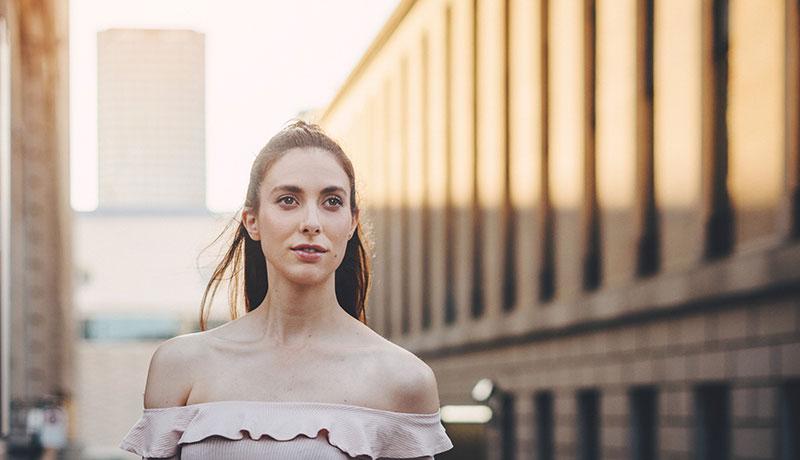
What is some of the most valuable advice you’ve ever received that you’d like to pass on to fellow photographers?
The best piece of advice is probably to shoot every day; shoot a lot and shoot different things. There’s nothing more important than practice. Try different lighting, shoot outside and inside. A photographer must know how to shoot everything. In this process, you discover which genre is relevant to you and where your strengths are.

